Axerem Tablet Azithromycin 500mg
Axerem Tablet, Azithromycin, is a type of antibiotic used to treat bacterial infections, including skin infections, and sexually transmitted diseases.
₦7,500.00
Buy Now CompareWarning
Cropper
Upload Your Prescription
Axerem Tablet Azithromycin 500mg is a prescription antibiotic medication. It belongs to the macrolide class of antibiotics and is effective against a wide range of bacterial infections. This potent formulation is designed for convenient once-daily dosing in most cases.
Uses
Axerem Tablet treats respiratory tract infections including pneumonia, bronchitis, sinusitis, and pharyngitis/tonsillitis. It also treats skin and soft tissue infections, sexually transmitted infections like chlamydia,syphilis and gonorrhea, and ear infections. Azithromycin is effective for treating typhoid fever and certain atypical mycobacterial infections.
Benefits
- Broad-spectrum antibacterial coverage
- Convenient once-daily dosing
- Short treatment duration for most infections
- High tissue concentration at infection sites
- Extended half-life allowing shorter treatment courses
- Effective against respiratory, skin, and urogenital infections
- Good safety profile compared to other antibiotics
- Excellent tissue penetration
How It Works
Azithromycin binds to the 50S subunit of bacterial ribosomes, inhibiting protein synthesis. This action prevents bacteria from growing and multiplying. Unlike bactericidal antibiotics, Azithromycin is primarily bacteriostatic but can be bactericidal at higher concentrations.
Duration of Action
Azithromycin has an exceptionally long half-life of 68 hours, allowing for once-daily dosing. The drug concentrates in tissues and remains active at infection sites for 5-7 days after the last dose, providing ongoing antibacterial effects after completing treatment.
Dosage
| Condition | Recommended Dosage | Duration |
|---|---|---|
| Respiratory infections | 500mg | Once daily for 3 days |
| Skin infections | 500mg | Once daily for 3 days |
| Typhoid fever | 500mg | Once daily for 7 days |
| Chlamydia | 1000mg | Single dose |
| Community-acquired pneumonia | 500mg | Day 1, then 250mg daily for 4 days |
Warnings
Do not use Axerem Tablet if allergic to Azithromycin, Erythromycin, or any macrolide antibiotics. Use caution in patients with liver disease, kidney disease, myasthenia gravis, or prolonged QT interval. Discontinue immediately if signs of allergic reaction occur.
Side Effects
Common side effects include nausea, vomiting, diarrhea, abdominal pain, and headache. Less common effects include heart rhythm abnormalities, elevated liver enzymes, allergic reactions, and hearing changes. Rare but serious side effects include severe diarrhea, liver damage, and severe skin reactions.
Pregnancy and Breastfeeding
Azithromycin is generally considered safe during pregnancy but should be used only when clearly needed. The drug passes into breast milk in small amounts. Consult a healthcare provider before using during pregnancy or while breastfeeding.
Interactions
- Antacids containing aluminum or magnesium (reduced absorption)
- QT-prolonging medications (increased cardiac risk)
- Warfarin (enhanced anticoagulant effect)
- Digoxin (increased digoxin levels)
- Statins (increased risk of muscle problems)
- Ergot derivatives (increased risk of ergotism)
- Nelfinavir (increased azithromycin exposure)
Precautions
Take Axerem Tablet at least 1 hour before or 2 hours after meals for optimal absorption. Complete the entire course as prescribed even if symptoms improve. Take at the same time each day to maintain consistent blood levels. Do not share this medication with others regardless of similar symptoms.
Important Information
Axerem Tablet should only be used for bacterial infections, not viral infections like colds or flu. Unnecessary use increases antibiotic resistance risk. Take exactly as prescribed and complete the full course even if symptoms improve quickly.
Product Image Highlights
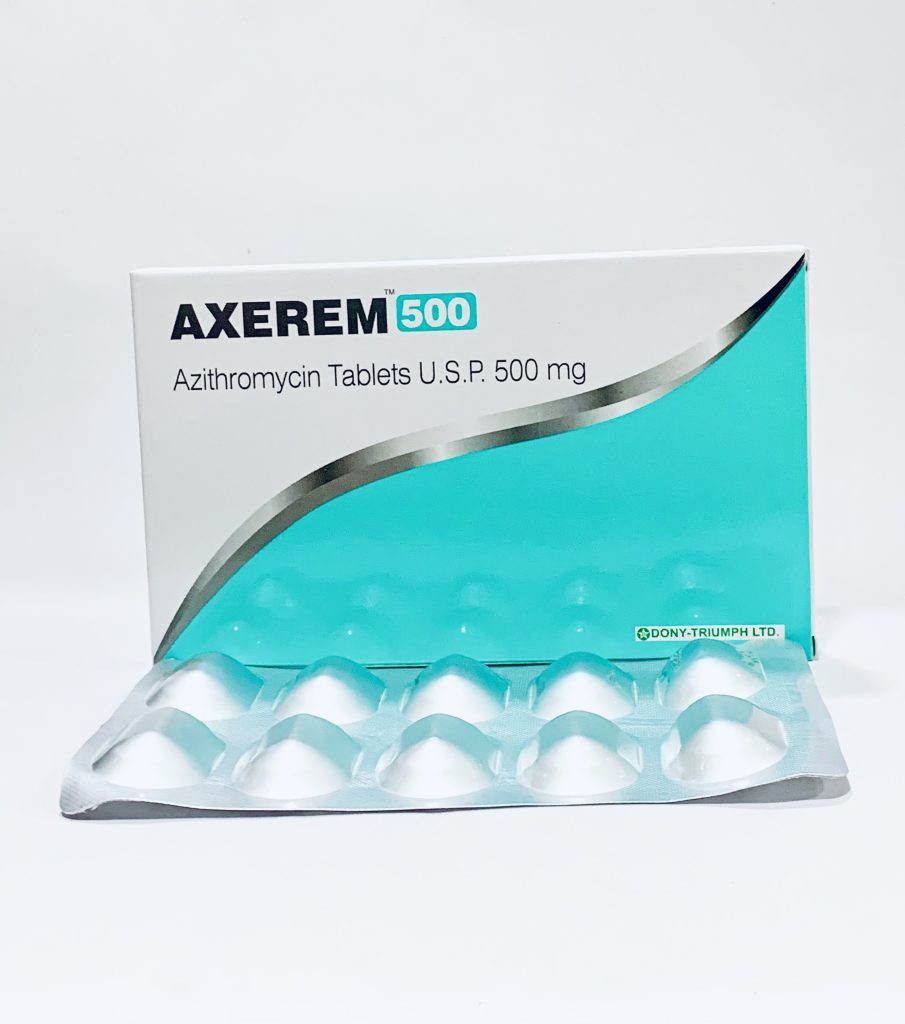
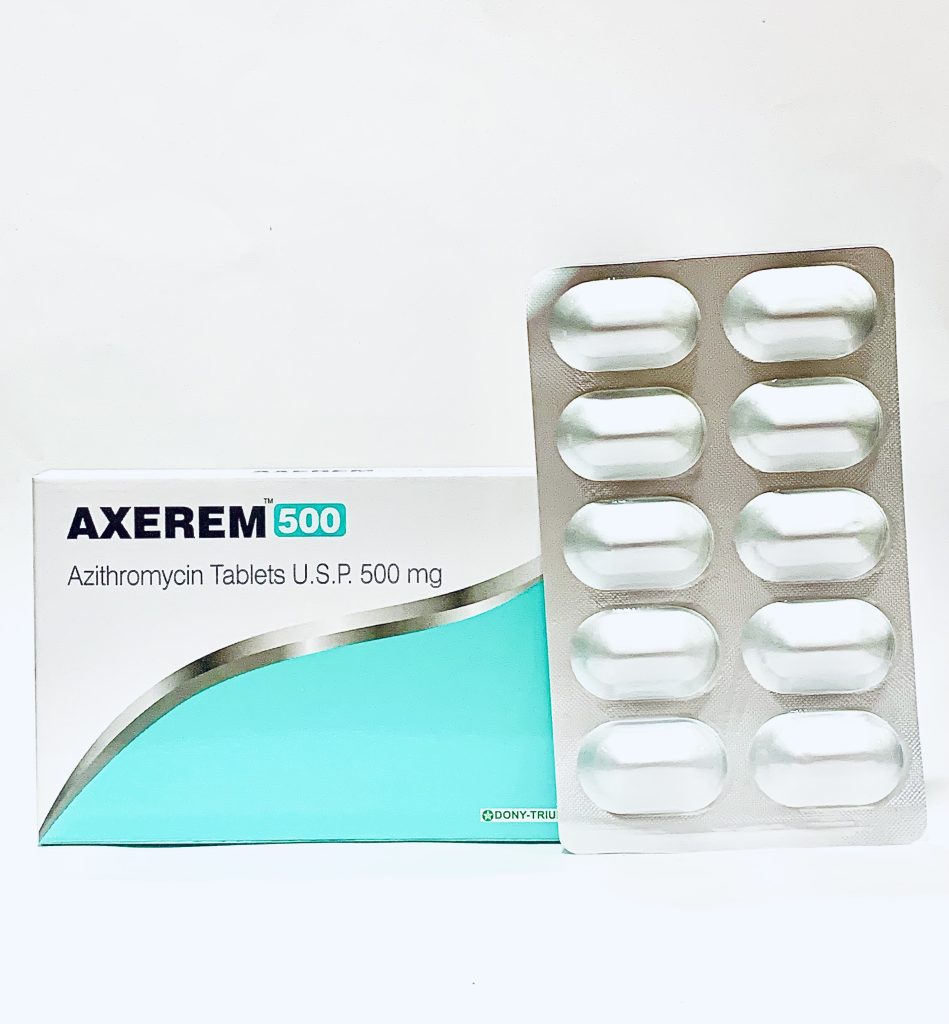
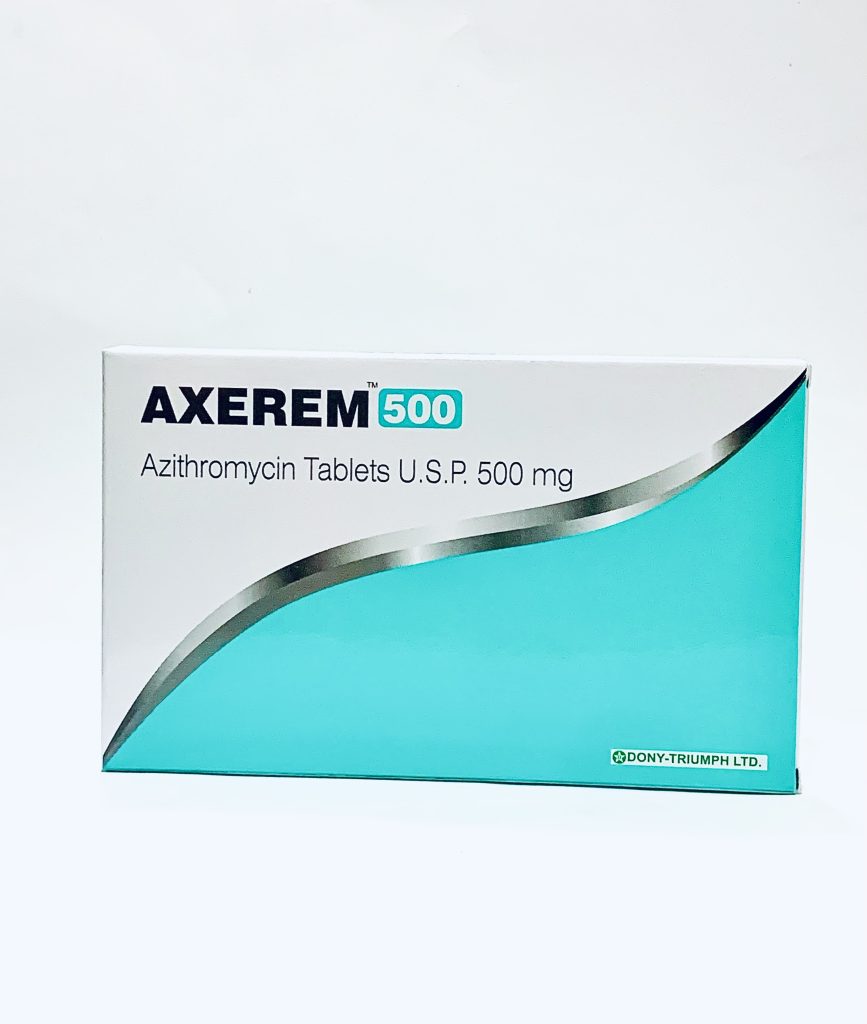

Customer questions & answers
-
Good evening can use axerem for typhoid
-
Q Good evening can use axerem for typhoid answer nowAsked by Collins hart on January 17, 2025 9:03 pmA
Good evening Collins! Axerem (Azithromycin) can be used for treating typhoid fever in some cases, but it's essential to consult a healthcare professional for proper diagnosis and treatment recommendations. Typhoid fever typically requires specific antibiotic treatment, and the choice of antibiotic may depend on the local antibiotic resistance patterns. Please consult your doctor for the best course of action.
Can Axerem be used for the treatment of typhoid fever and what can I do if the abdominal pain side effect persists
-
Q Can Axerem be used for the treatment of typhoid fever and what can I do if the abdominal pain sid...... Read more answer nowAsked by Samuel on September 17, 2024 3:51 pmA
Hello Samuel,
Axerem is not typically used as the first-line treatment for typhoid fever, but it may be prescribed in certain cases based on your doctor's discretion. If you're experiencing persistent abdominal pain as a side effect, it's important to consult your doctor. They may advise adjusting the dosage, switching medications, or providing additional treatment to manage the side effect.
Can I use axerem to treat cold?
-
A
Hi Jasper,
No, Axerem (azithromycin 500 mg) is an antibiotic and is not effective against the common cold, which is caused by viruses. Antibiotics like azithromycin are used to treat bacterial infections, not viral infections like the common cold. It's important to consult a healthcare provider for proper diagnosis and treatment options. Using antibiotics unnecessarily can lead to antibiotic resistance and other side effects.
1, can a 1to2 months pregnant women take the drugs 2,can Ulcer percent take the drugs 3,can the drugs help someone that is not ovulating to ovulate will 4,does the drugs have any side effects
-
Q 1, can a 1to2 months pregnant women take the drugs 2,can Ulcer percent take the drugs 3,can the d...... Read more answer nowAsked by Ugochi Juliet on August 19, 2024 3:53 pmA
Hi there,
-
For a 1-2 month pregnant woman, it's crucial to consult your doctor before taking Axerem (Azithromycin 500mg). It's best to be cautious during pregnancy.
-
Azithromycin is generally safe for someone with an ulcer, but check with your doctor first.
-
Azithromycin won't help with ovulation issues; it’s an antibiotic, not a fertility treatment.
-
Possible side effects include nausea, diarrhea, or stomach pain.
Stay safe and always consult your healthcare provider!
-
Others Found These Helpful
-
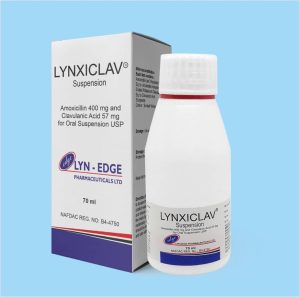 ₦12,000.00Rated 0 out of 5
₦12,000.00Rated 0 out of 5Lynxiclav Suspension contains amoxicillin and clavulanate potassium it is used...
-
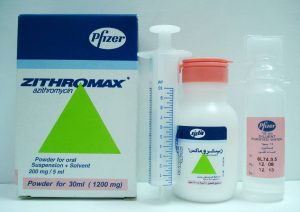 ₦11,000.00Rated 0 out of 5
₦11,000.00Rated 0 out of 5Zithromax syrup is an antibiotic used to treat infections caused...
-
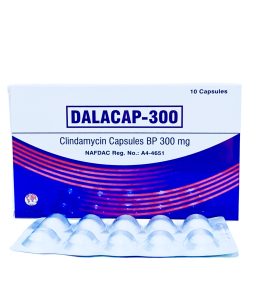 ₦5,500.00Rated 0 out of 5
₦5,500.00Rated 0 out of 5Dalacap 300mg (Clindamycin) is used to treat serious bacterial infections,...
-
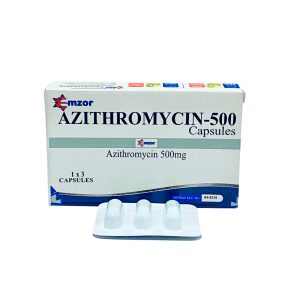 ₦5,000.00Rated 0 out of 5
₦5,000.00Rated 0 out of 5Emzor Azithromycin tablet is a potent macrolide antibiotic used to...
Customer reviews
| Condition | Dosage | Frequency |
|---|---|---|
| Adult | 500mg | Single dose on day 1, then 250mg once daily for 4 days |
| Skin and soft tissue infections | 1000mg | Single dose |
| Chlamydia | 1000mg | Single dose or 250mg for 3 days |
| Gonorrhea | 1000mg | Single dose |

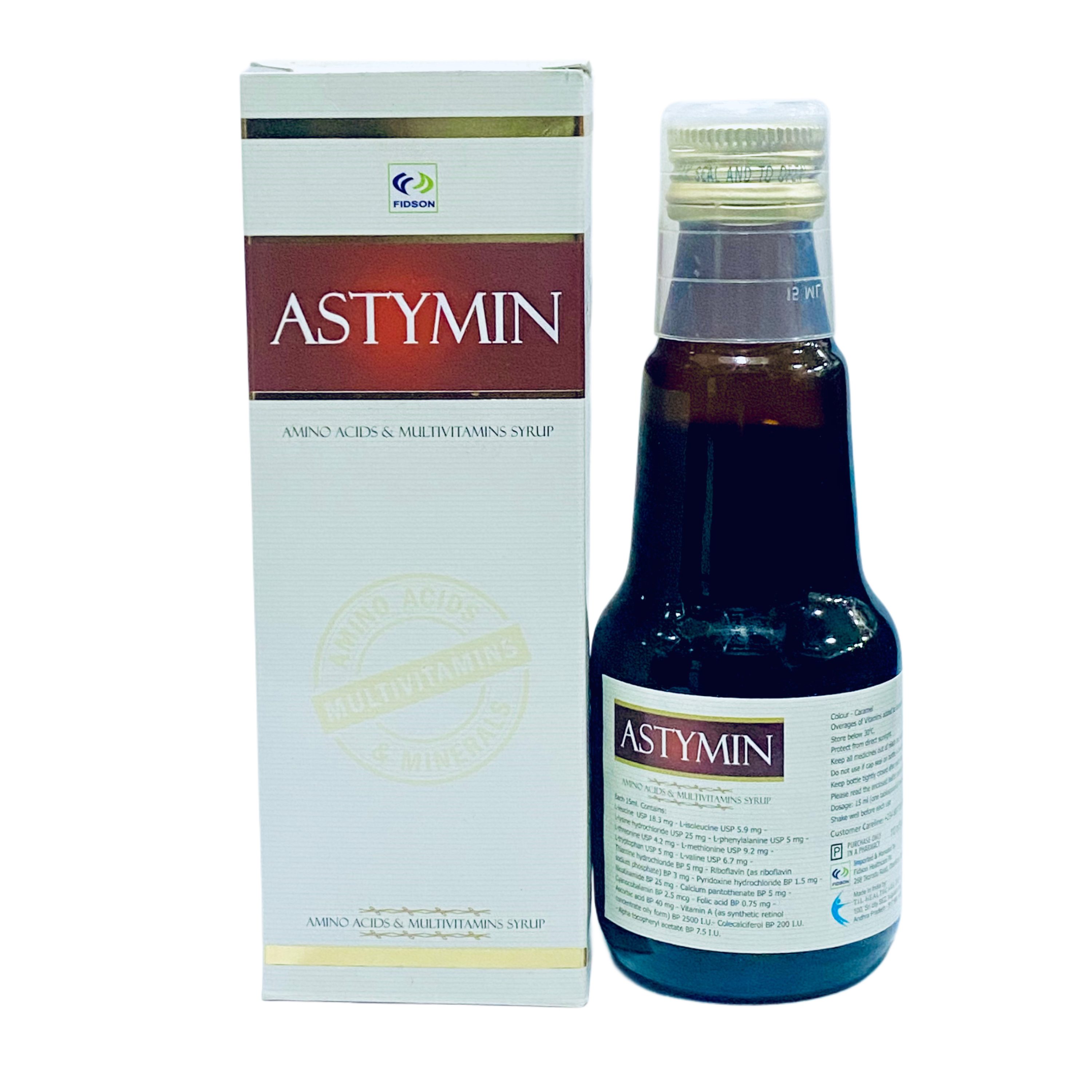










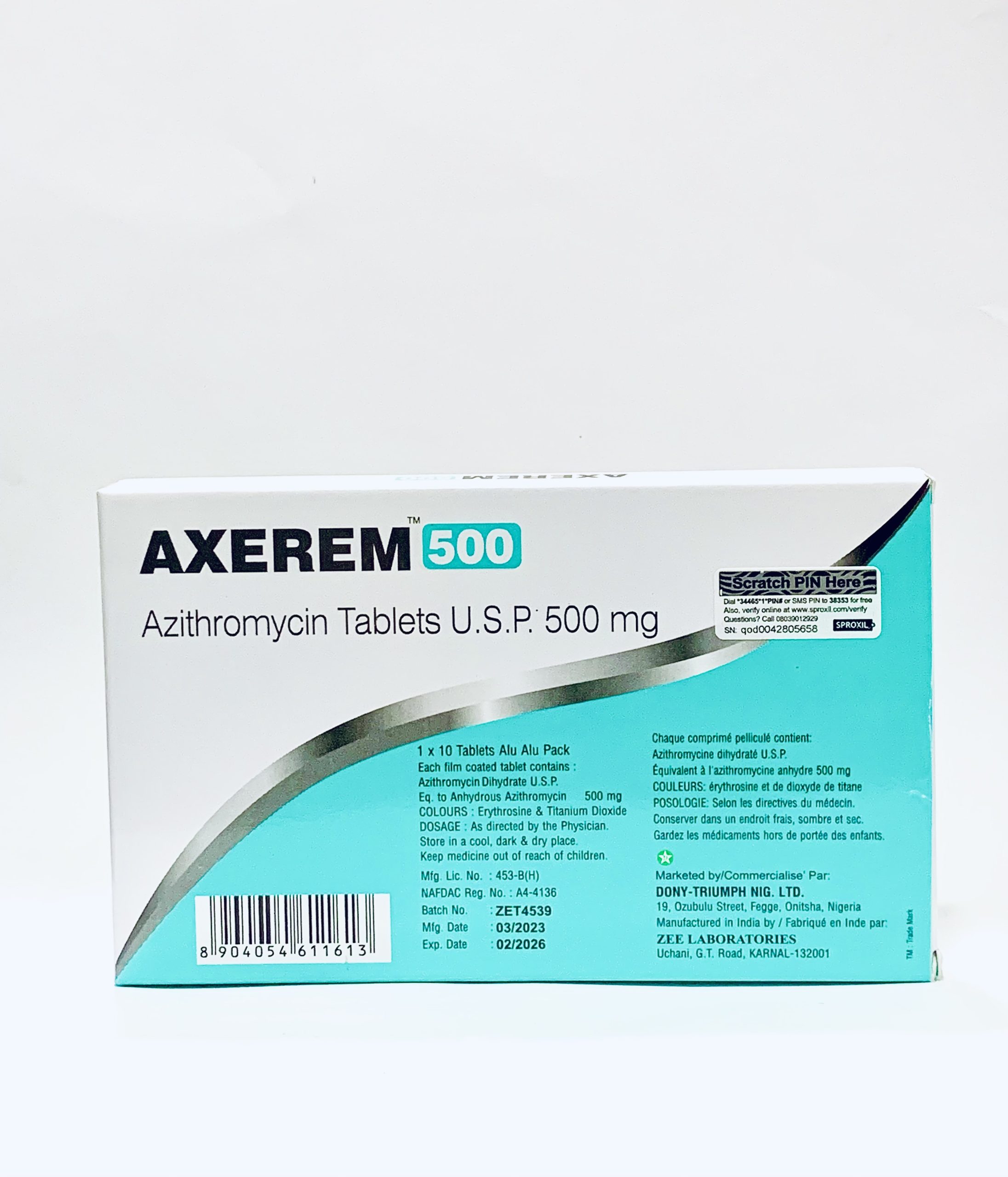


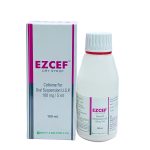
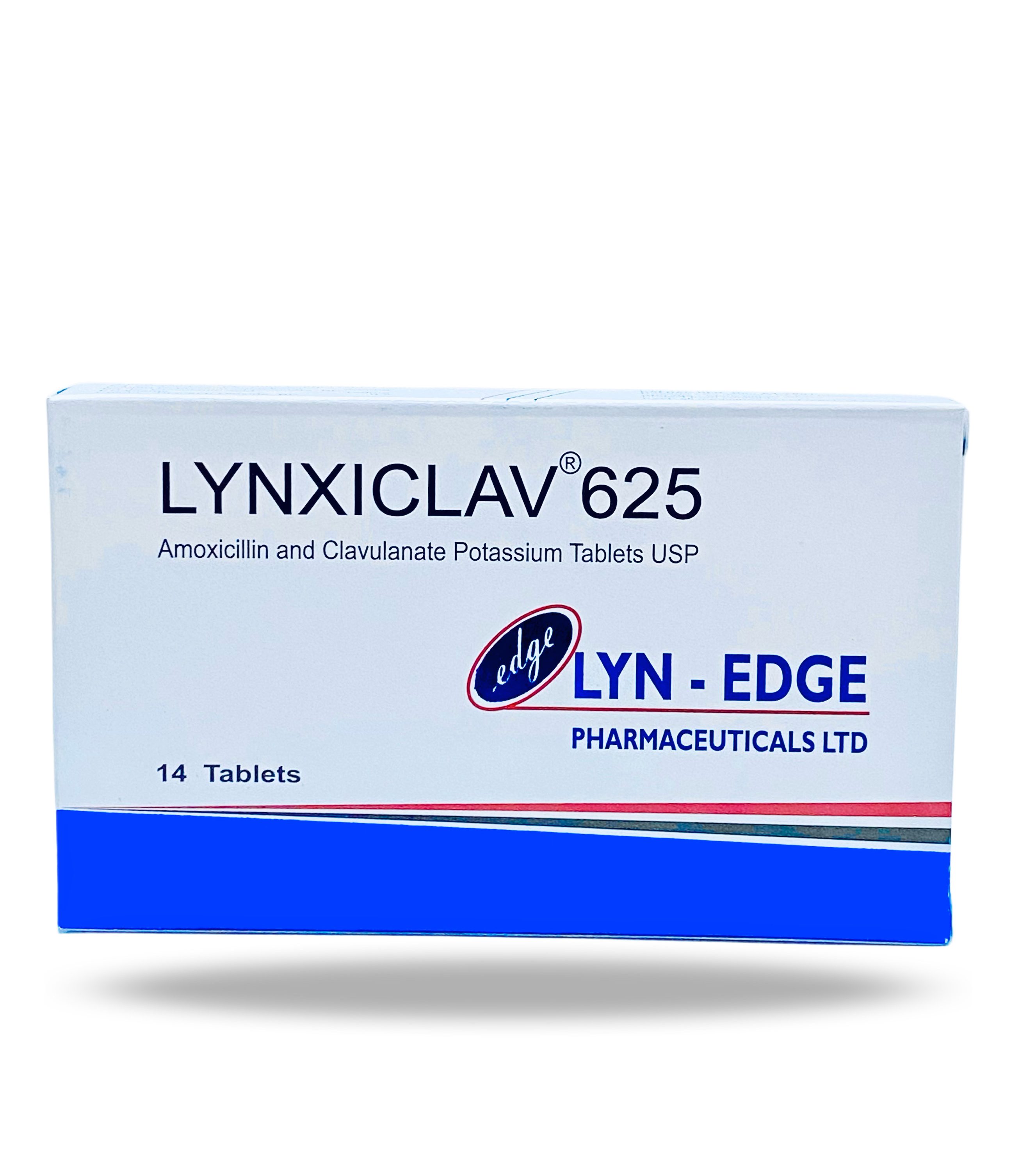
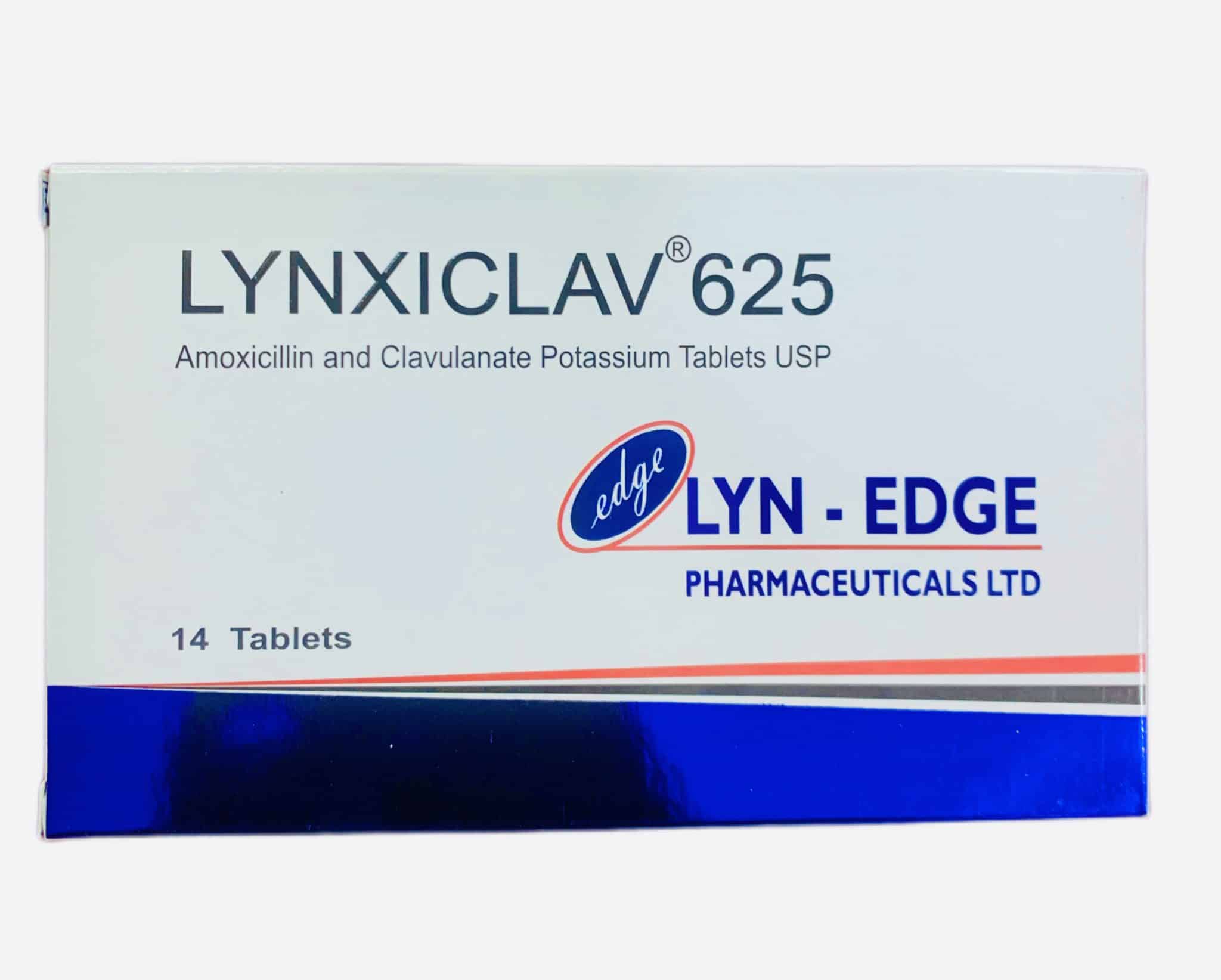





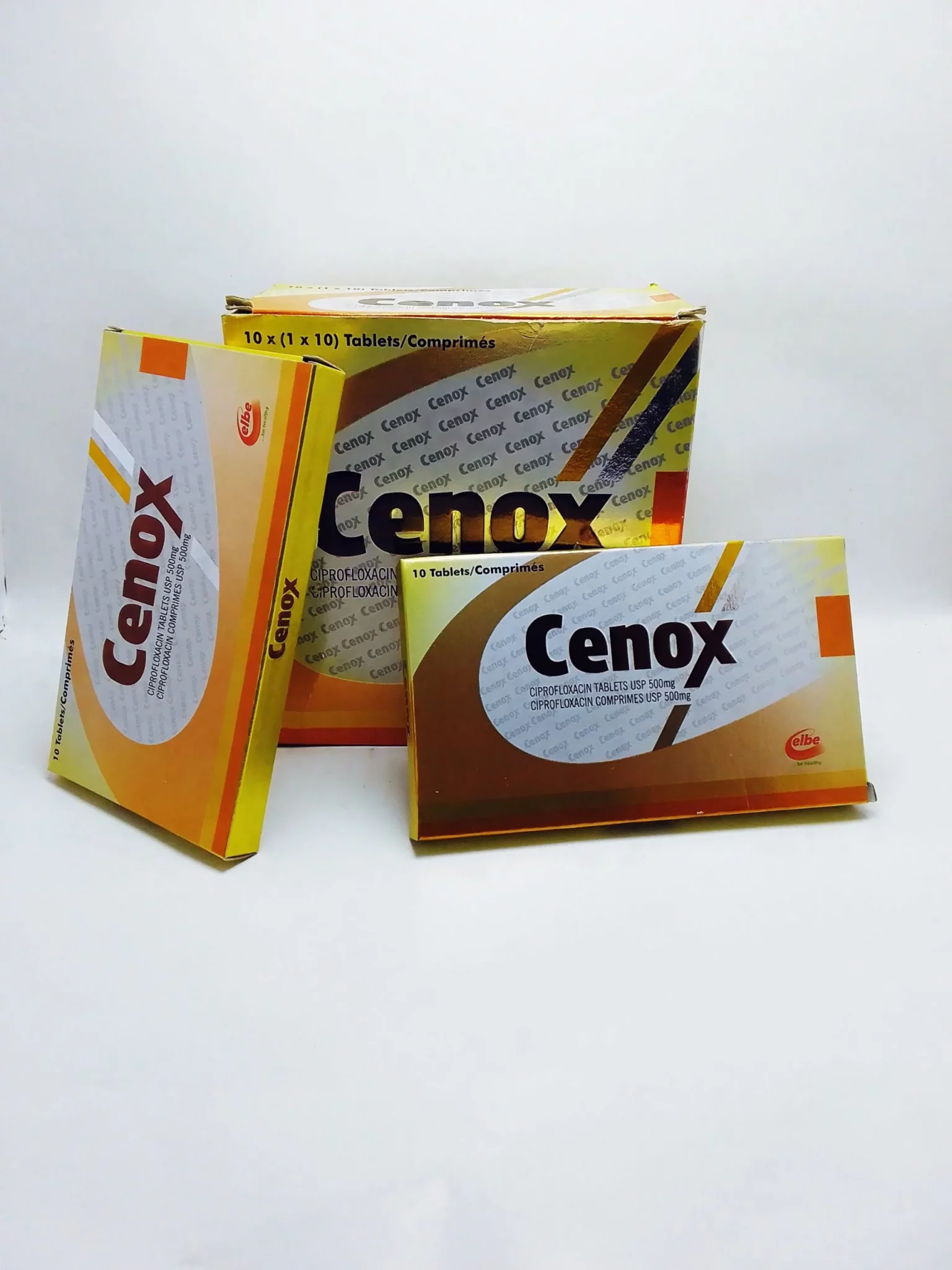
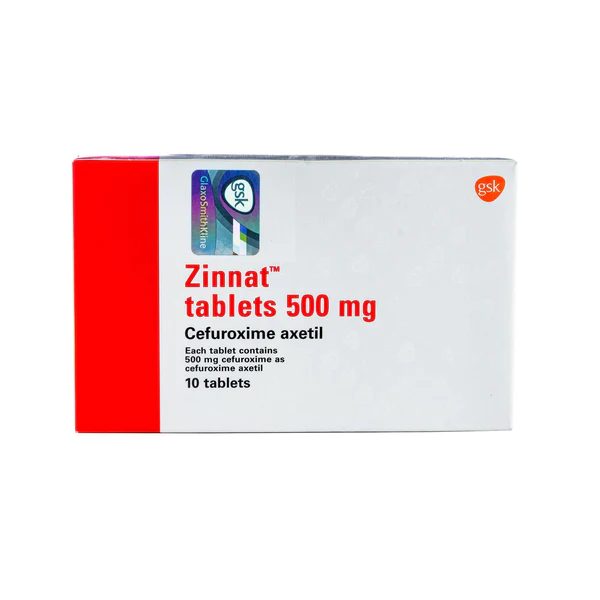

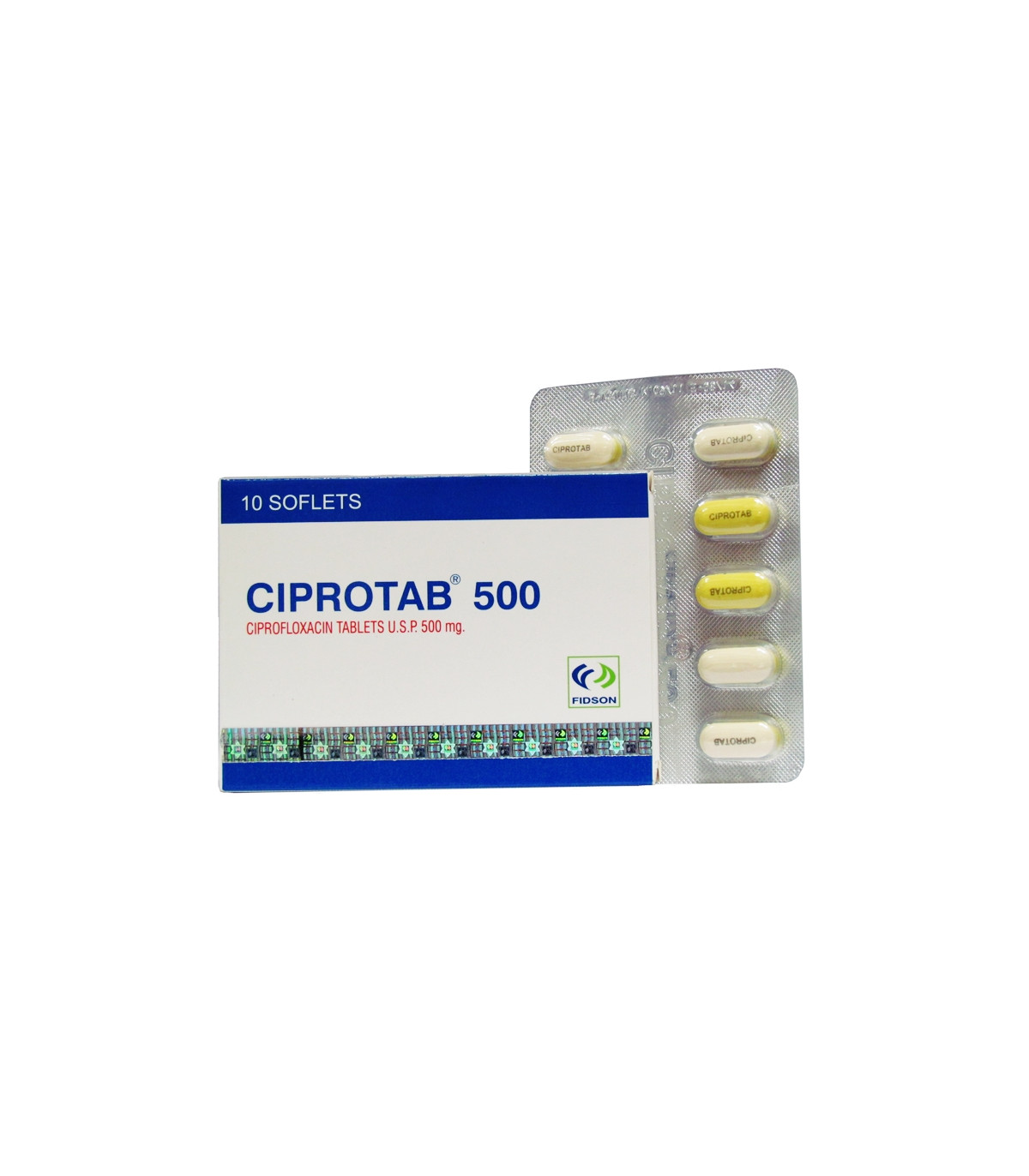
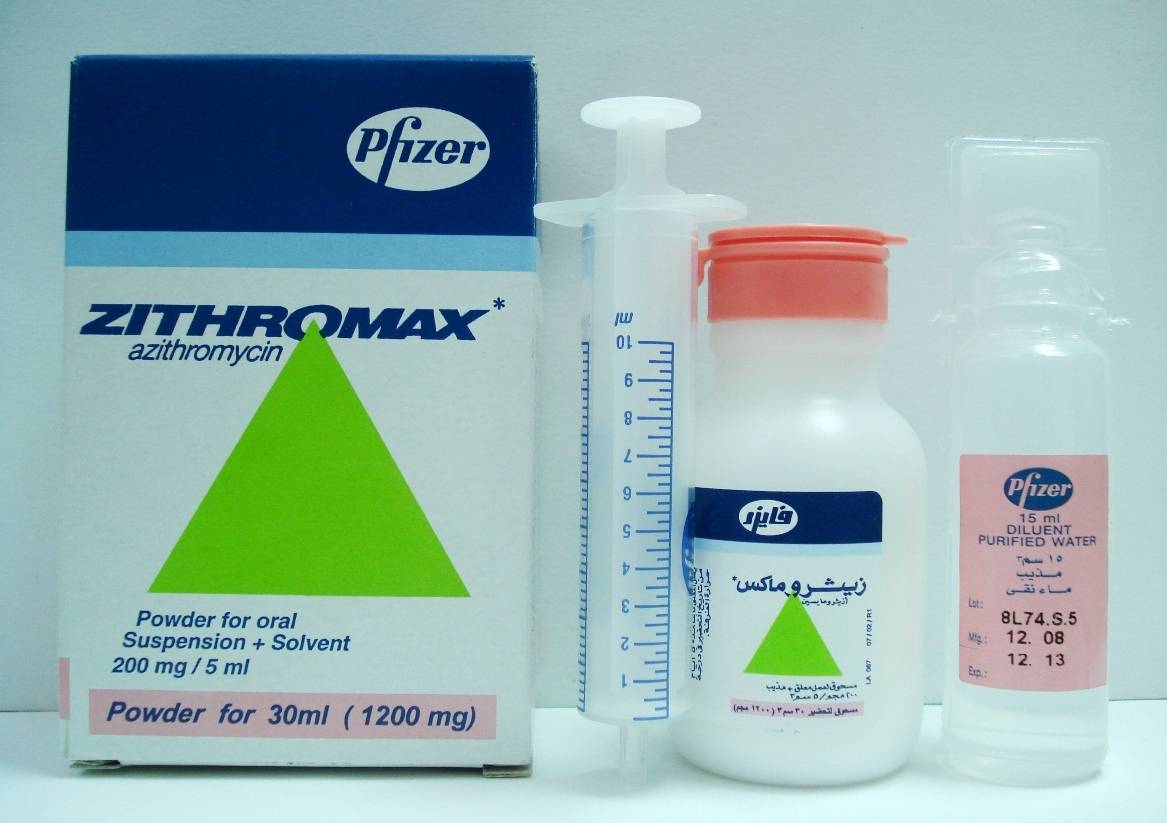
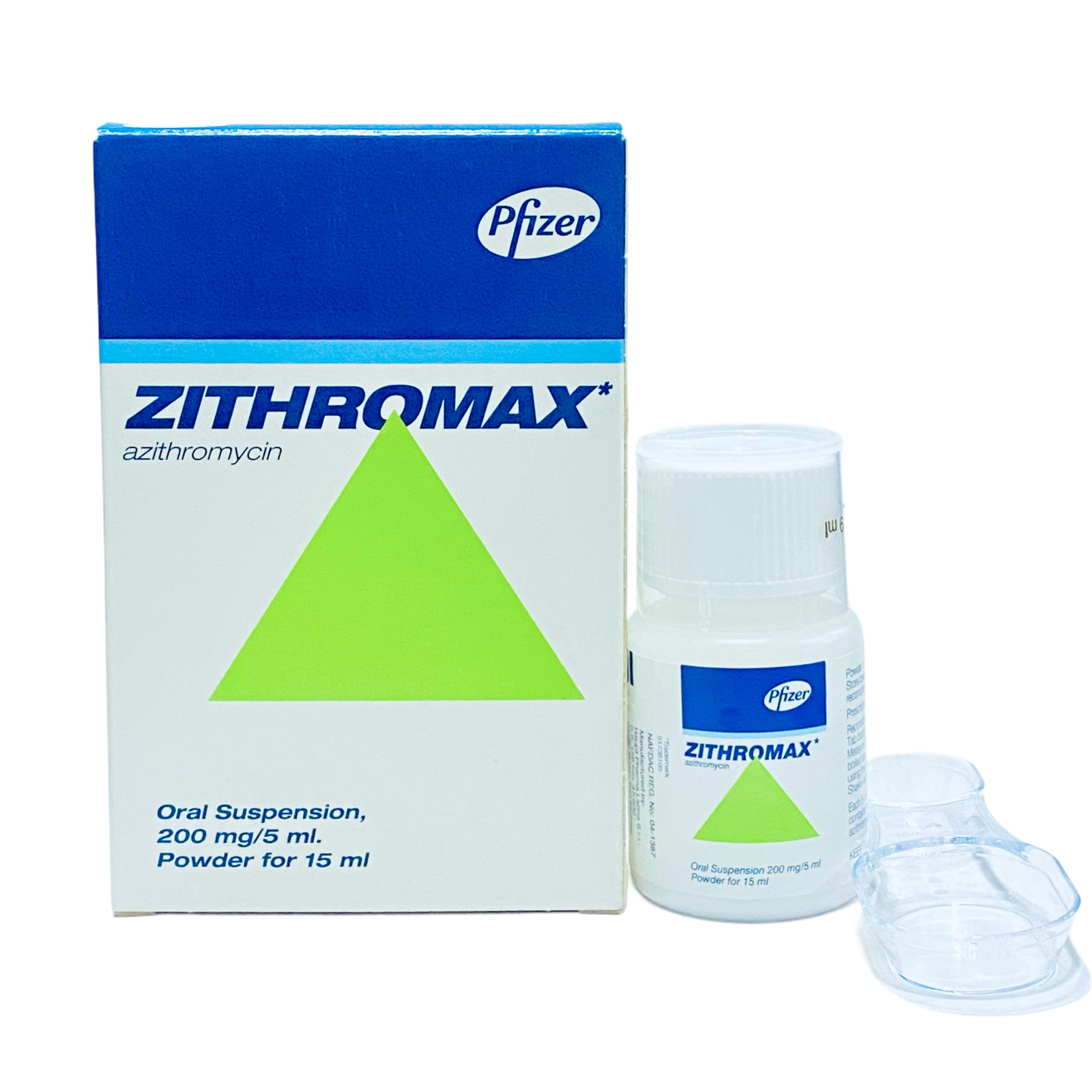


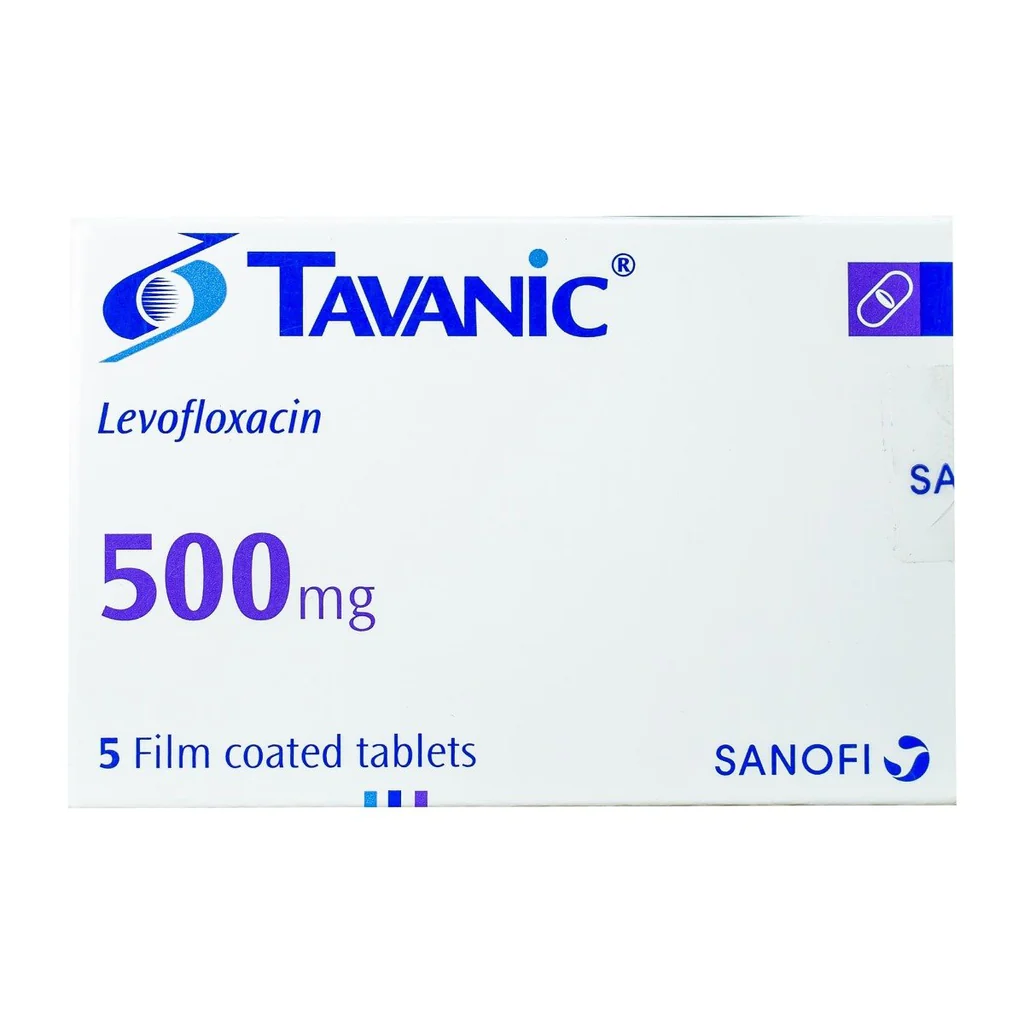
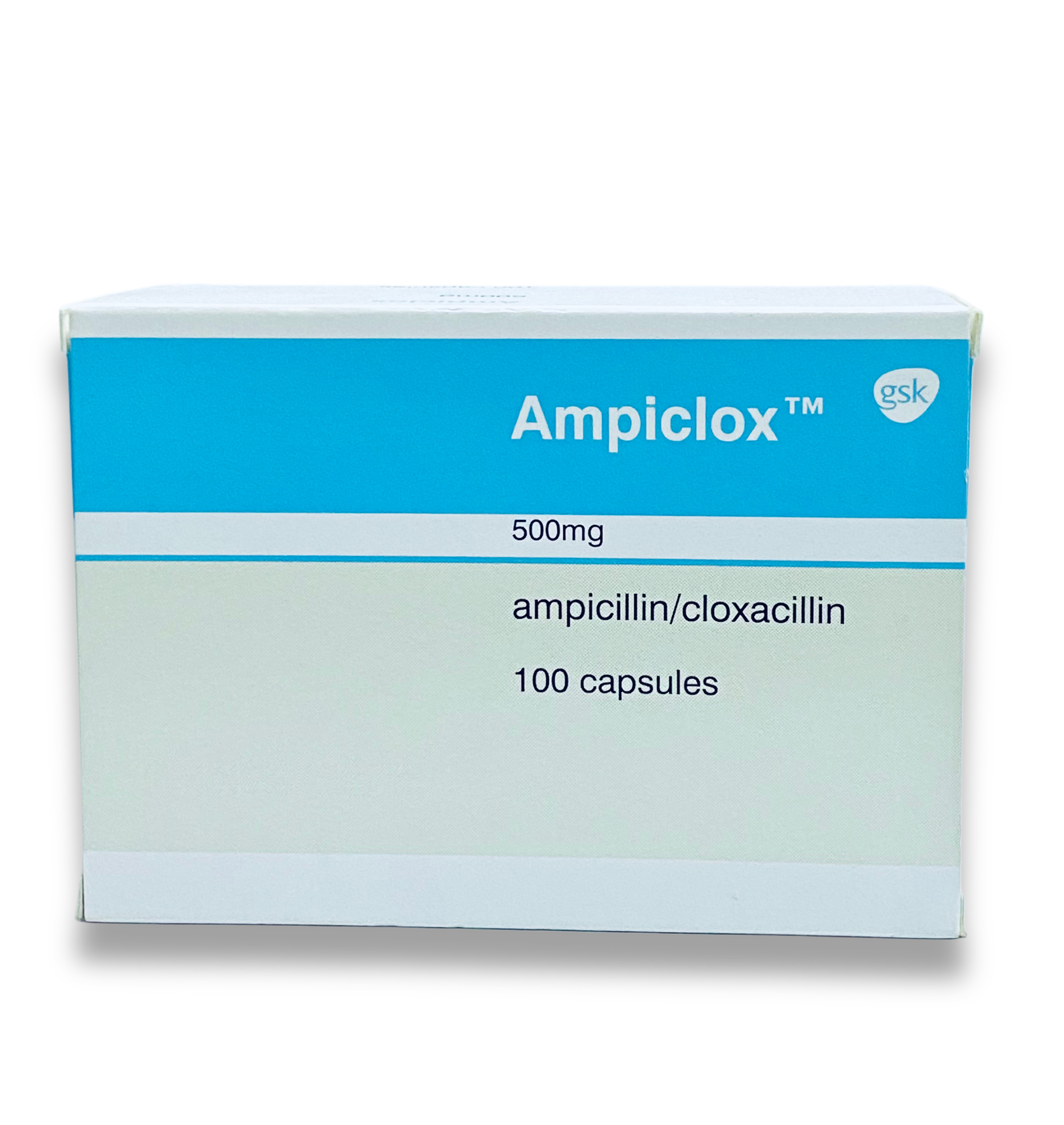
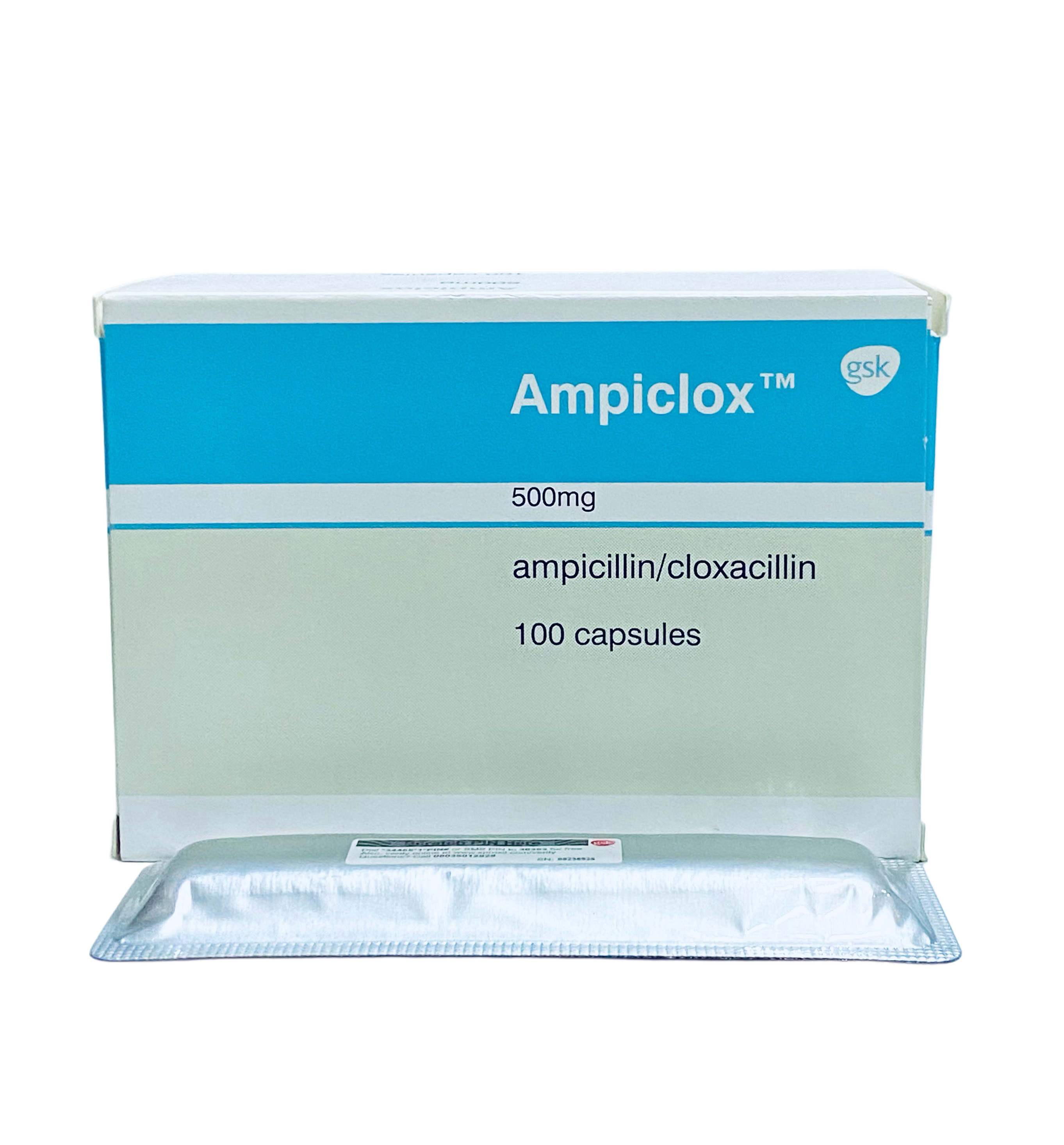
Reviews
There are no reviews yet.